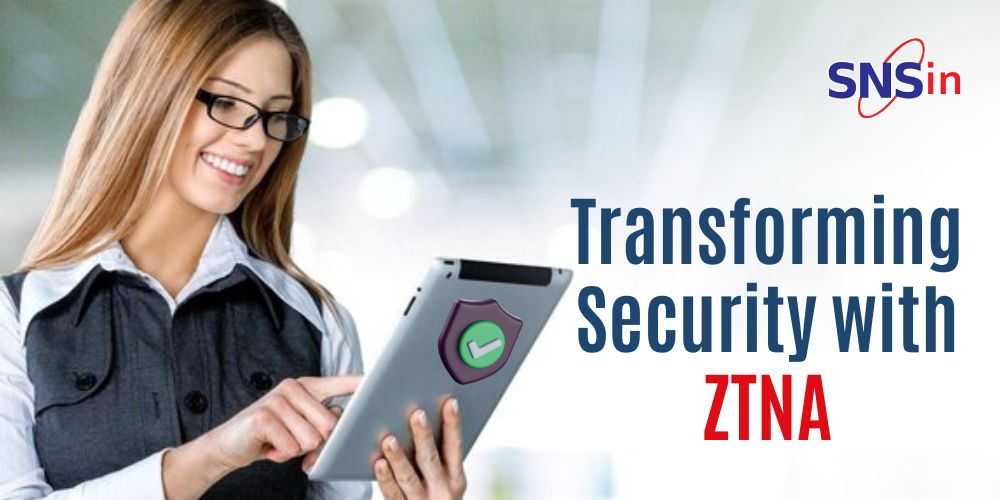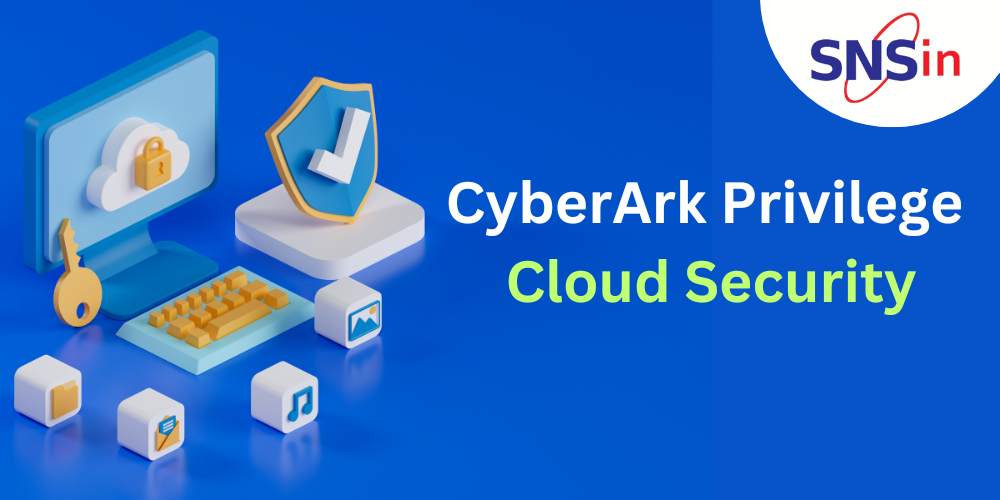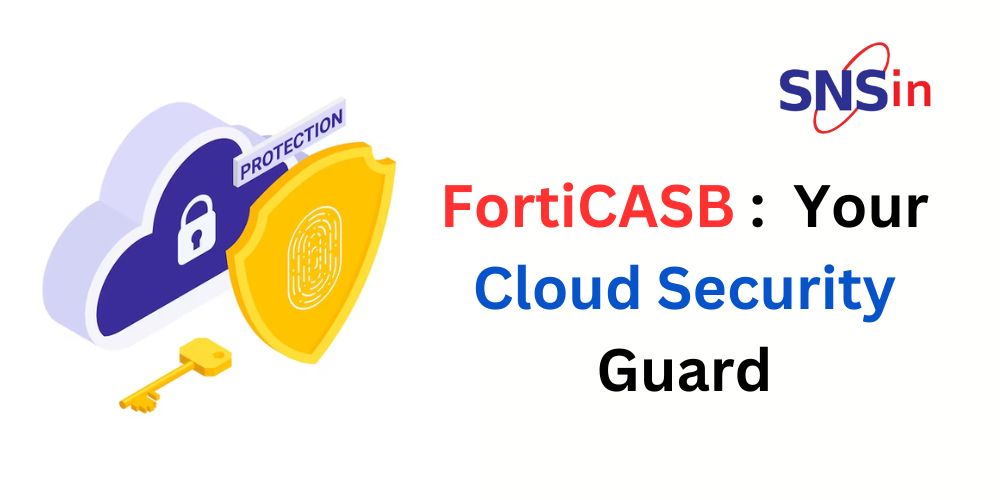Is there enough visibility into “Who?”, “What?”, “Where?”, “How?” users are accessing the business-critical protected applications?
The Internet is the new perimeter. Many users are teleworking and accessing applications hosted on-site or in the cloud. Security concepts revolve on the idea of defending the perimeter while assuming everything inside the office is trusted. Thus, making them vulnerable to cyberattacks. Once a trusted device or user identity gets compromised by cybercriminals, they can move through internal systems without much resistance and steal & monetize sensitive information.
What is Zero Trust Network Access (ZTNA)?
As hybrid and cloud-based services are the norm, the traditional security models face challenges.
- ZTNA is all about, “Nothing is trusted, until verified!”.
- It allows network admins to set up and control secure access to applications.
- ZTNA agent sends the endpoint information to EMS to classify the endpoint’s device health.
- When the endpoint requests access, to protect the endpoint applications, ZTNA agent creates a secure connection via ZTNA gateway. It verifies the device identity, user identity, device health, geo locations and applications permissions. If these checks pass, then limited access to the application is granted. Otherwise, it is blocked.
- Trusted applications sessions are scanned continuously with full visibility & threat protection. This process is transparent to the user and is performed in real-time without any change to the user experience.
- ZTNA is location agnostic, so users accessing the protected applications can be in the office or anywhere else.
Key Features of ZTNA
Identity-Centric Access
ZTNA focuses on identity as the core element for granting access. It verifies the identity of users and devices through multi-factor authentication, ensuring that only authorized individuals with the right credentials can access critical resources.
Dynamic Access Policies
It can create dynamic access policies based on user identity, device posture, and contextual information. These policies adapt to changing conditions, providing granular control over access rights and minimizing the risk of unauthorized access.
Secure Remote Access
ZTNA enables secure access to apps and data from any location. It ensures users connect through a Zero Trust framework.
Multi-Cloud Support
ZTNA ensures consistent and secure access across different cloud platforms.
Benefits of ZTNA
- Deployment Flexibility
- Granular Access Control
- No Additional Cost
- Unified Agent
- Automatic Encrypted Tunnels
Wrap Up
Zero Trust is a security model that operates on the principle of “never trust, always verify.” Unlike traditional security models that assume everything inside the corporate network is safe, Zero Trust treats every user and device as untrusted, regardless of their location.
ZTNA stands at the forefront of modern network security. ZTNA is not only a security solution; rather it’s a strategic investment in building a resilient and future-ready network infra.
Want to implement ZTNA for your Enterprise? Contact SNS for latest Cybersecurity Solutions via [email protected]
Swathi
Author
Working IT professional and a Cyber Security enthusiast. Passionate to write about Cyber Security topics and Solutions. I share my insights as I study articles and trending topics in the field of Cyber Security.
![]()




